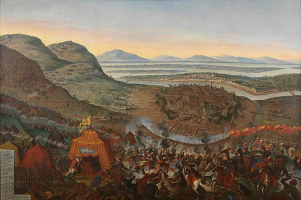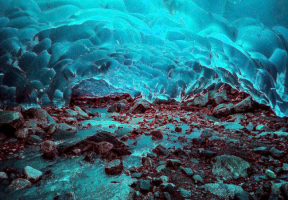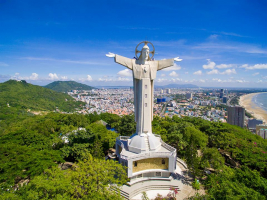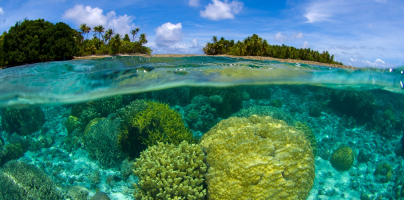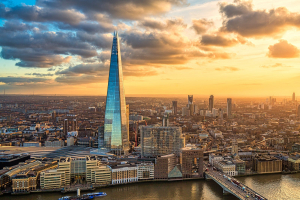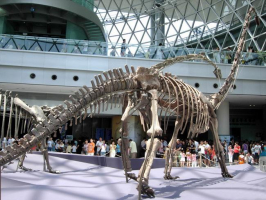Top 10 Ships That Make Ireland The Shipwreck Capital of the World
Rich, verdant meadows, vibrant traditional music, and the ever-popular, life-affirming "black stuff"—better known as Guinness stout—are just a few of the ... read more...things that make Ireland famous around the world. The Emerald Isle boasts unmatched charm and beauty as well as a sizable maritime cemetery along its picturesque shores. The Shipwreck Inventory of Ireland estimates that there are 18,000 sunken ships in Irish waters. Here is a sample of a few of these drenched cemeteries.
-
According to reports found in Lloyds Register, the highly armed ship had been taken as a prize. Later, it operated as a privateer, a type of legal piracy where governments hired ships to attack and take hostile boats. With that rich background, the not-so-fair Lady sailed from Portugal on what would be its last trip, carrying 450 pipes of port wine—elongated casks made for transportation—for a total of more than 40,000 gallons of the renowned drink.
Near the Skellig Islands, a remote region of southwest Ireland with a 6th-century monastery that later served as a filming location for three-Star Wars movies, the ship ran into bad weather while traveling. The two survivors recounted how Captain Wade disregarded multiple requests to avoid sailing close to the perilous cliffs. Instead, after discovering that his wife was supposedly having an affair with the ship's mate, he wallowed in a drunken stupor.
Finally, 25 individuals ultimately drowned in the disaster to bring this fabulously meaty yet terrible tale to a close. Only 12 pipes of the coveted cargo were found by the authorities, leaving the rest of the premium weed for locals to enjoy.
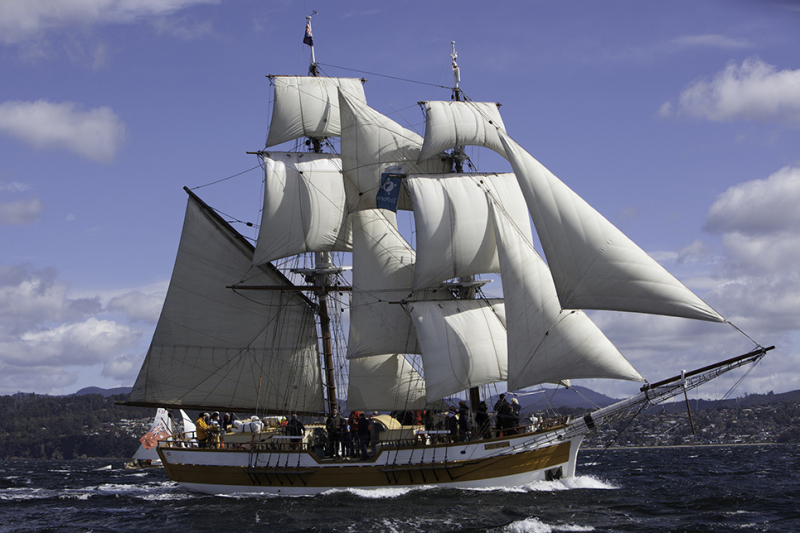
https://www.google.com/ 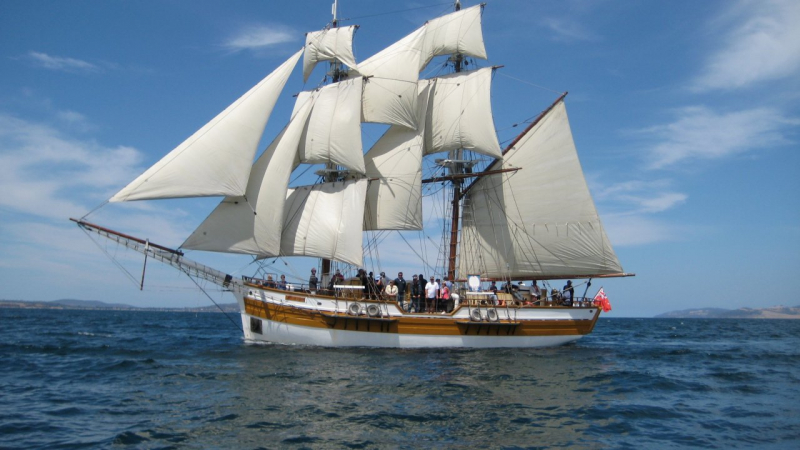
https://www.google.com/ -
The Spanish Empire had achieved its pinnacle by the second half of the 16th century. King Phillip II sought to enlarge his dominion by conquering England after claiming huge portions of North and South America, as well as the majority of the Caribbean. Huge error. The mistake would lead to a humiliating setback that resulted in the destruction of twenty-four Spanish ships on the Irish shore, among them the Santa Mara de la Rosa.
The Spanish Armada, a fleet of around 150 ships, sailed towards Flanders in August 1588. (Spanish Netherlands). The Spanish planned to meet up with the Duke of Parma's army and transport them across the English Channel. But alas, as with many excessively ambitious battles throughout military history, things didn't quite go as expected.
The depleted Armada tried to make its way back to Spain by skirting Ireland after the British Royal Navy won the Battle of Gravelines with ease. The erratic North Atlantic winds, however, proved too much for the inadequately outfitted Spanish boats.
The Santa Maria de la Rosa, formerly a light merchant ship, struck a large reef close to the Blasket Islands, off the westernmost tip of Ireland, and quickly sank. Only one man, out of its 64 sailors and 233 soldiers, survived.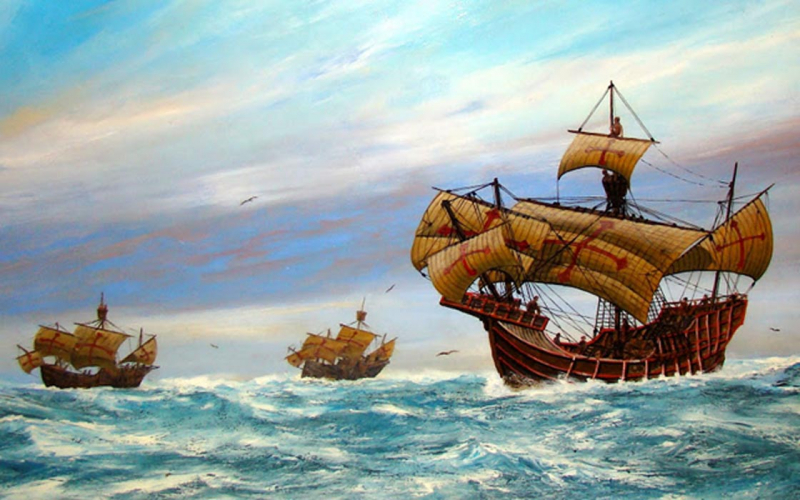
https://www.google.com/ 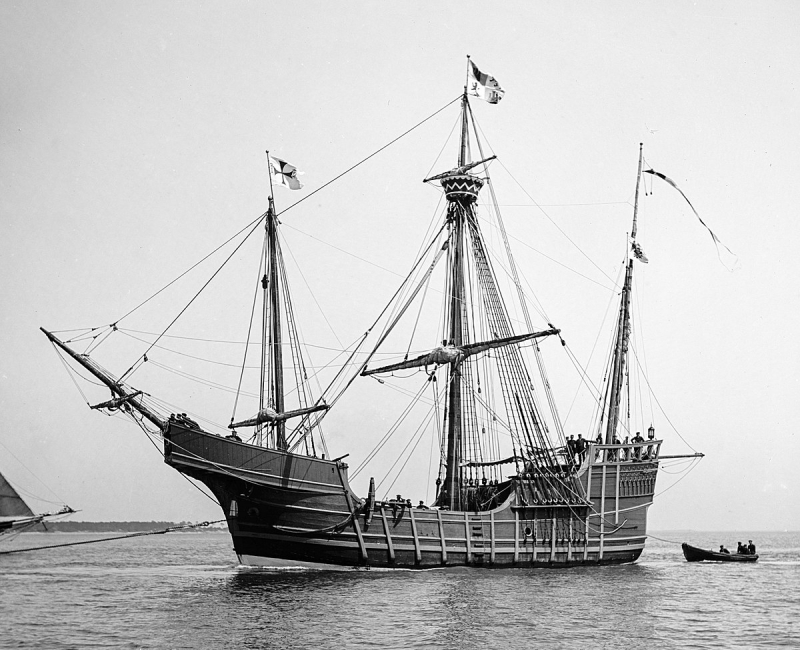
https://www.google.com/ -
German U-boats inflicted significant damage on Allied ships in the North Atlantic during this time, which the Kriegsmarine dubbed "Die Glückliche Zeit" ("The Happy Time"). One of those wrecks, the British commercial ship SS Gairsoppa, sank after being torpedoed around 300 miles southwest of Galway Bay. The underwater burial was discovered in 2011 after lying undiscovered for 70 years. The largest known precious metal cargo ever recovered from the sea was the result of the discovery.
A large shipment of silver bullion had to be transported from Calcutta to Liverpool by the steam-powered Gairsoppa, a perilous 5,000-mile journey in choppy waters. The slow-moving cargo was forced to leave its convoy after making steady progress in order to refuel. U-101 was quick to seize the opportunity to attack the simple prey.
Even though all 86 crew members managed to flee the burning ship, they were soon killed by the freezing water and machine gun fire from the sub that had surfaced. The lone survivor, 2nd Officer RH Ayers, drifted for the following 13 days over 300 miles before arriving in Cornwall, England. Ayers received an MBE in recognition of his bravery.
Seven decades later, while using a remotely operated vehicle (ROV), the Odyssey Marine Exploration discovered the Gairsoppa's wreck at a depth of almost 15,000 feet. Over time, the deep-water experts removed 2,792 silver bars from the ship, each bearing the stamp "HM Mint Bombay" and weighing about 28 kilograms. The UK government had given Odyssey a salvage contract, allowing it to keep 80% of the estimated $210 million net worth of the.999 high-purity ingots.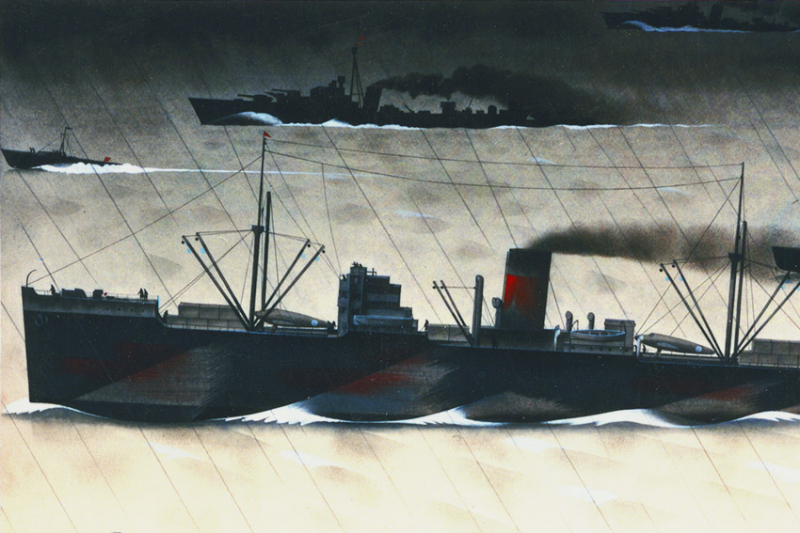
https://www.google.com/ https://www.google.com/ -
The temptation of gold has compelled treasure hunters to travel great distances for millennia in the hope of striking it rich. Many passengers on board the RMS Tayleur, an iron clipper making its inaugural voyage to Australia, where gold fever had reached pandemic proportions, were in this situation.
The Tayleur suffered from a number of design flaws as a result of the haste to capitalize on the booming demand for travel "Down Under," including a faulty compass, unbalanced masts, and a rudder that was too small for the large ship. It didn't take long for the combination of strong winds and dense fog to turn into a disaster.
On January 19, 1854, Tayleur set sail from Liverpool with 652 passengers and crew, but she quickly veered off course and headed due west. 350 passengers were killed when the fateful ship struck Lambay Island in Dublin Bay.
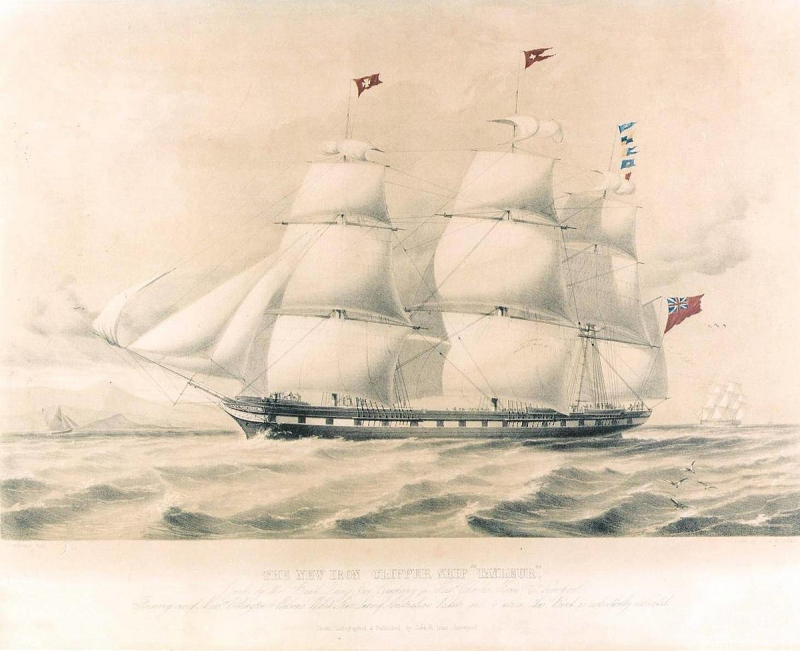
https://www.google.com/ 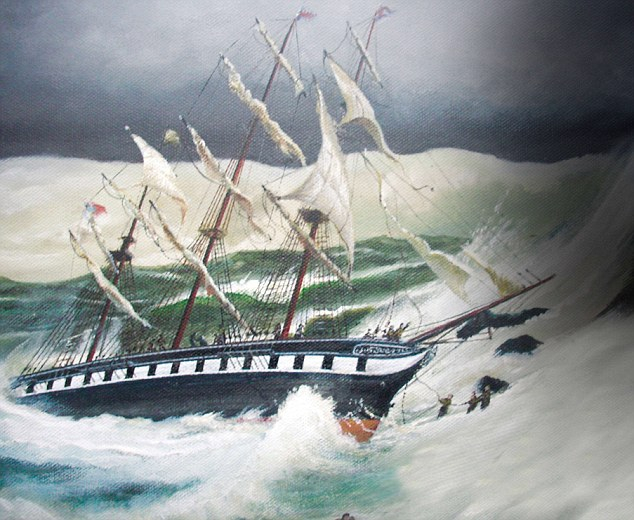
https://www.google.com/ -
The Lusitania made news when it was first launched in 1906 because it was the biggest and quickest ship to traverse the Atlantic. The opulent British ocean liner, however, is best remembered for sinking on May 7, 1915, off the southern coast of Ireland after being torpedoed by a German U-boat. The catastrophe, which resulted in the deaths of 1,195 individuals, including 128 Americans, would spark the United States' involvement in World War One.
The Lusitania, which was named after an ancient Roman province in present-day Portugal, was on its 202nd transatlantic voyage when it sank, having left New York six days earlier. The ship's starboard bow was struck by a single torpedo from U-20, which caused a huge explosion inside the hull. In just 18 minutes, the once-powerful ship fell close to Kinsale, County Cork.
Conspiracy theories started to spread shortly after that. Many historians have theorized that British authorities had purposefully enticed the steamer into danger, drawing the United States and its abundant resources into the conflict.
A week before the Lusitania arrived, Winston Churchill wrote a strange letter to Walter Runciman, the head of the British Board of Trade, adding fuel to the fire. Following the disaster at Gallipoli, Churchill, who had just been demoted from Lord of the Admiralty, wrote: "It is most necessary to lure neutral shipping to our shores in the hope especially of embroiling the United States with Germany. For our part, we want the traffic—the more the better, and the better still if some of it causes difficulty.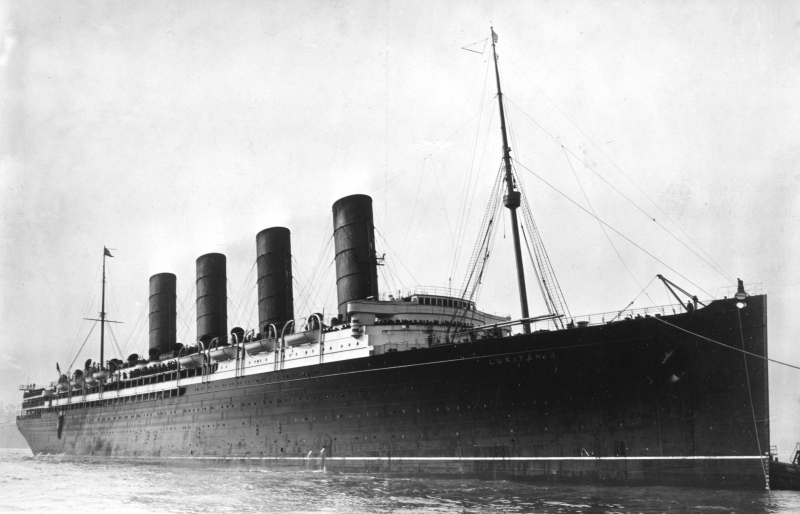
https://www.google.com/ 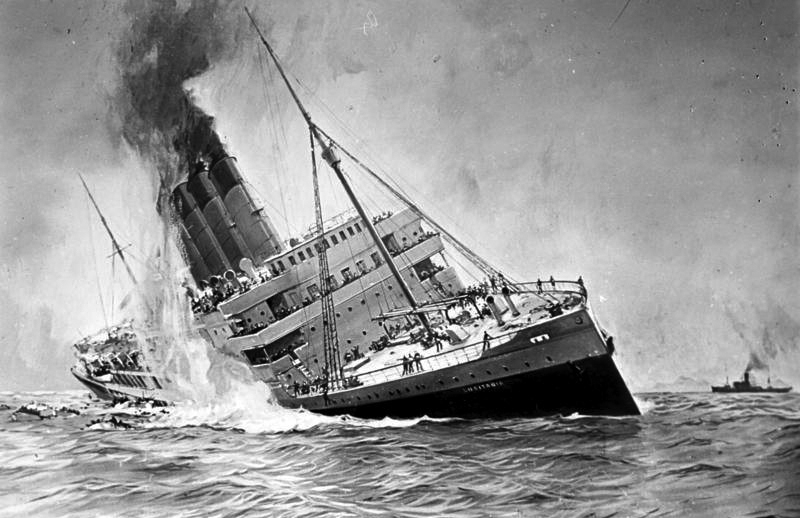
https://www.google.com/ -
Southwest Ireland experienced brutal cold and powerful storms at the beginning of 1801, which severely damaged Rossbeigh, a small seashore community. However, its citizens eventually received an unexpected bounty as compensation. Cotton, coffee, sugar, and puncheons of rum were among the cargo from the freshly sunken Dictator that started to wash ashore along the isolated beach.
The Dictator was a fully rigged sail warship when it entered service in 1799. It also participated in a particularly lucrative form of trade at the time, the transatlantic slave trade, like many other ships leaving England's Merseyside docks. Up to 45 million Africans were transported to European colonies in the New World for more than 200 years, including sizable plantations in South America.
The crew of the Dictator left Guyana on its return trip to Liverpool in the late autumn of 1800. The ship was severely blown off course by gale-force winds and eventually ran aground on the rocky Dingle Peninsula. Of the 60 crew members and passengers on board, only three were alive. The victims were probably taken to Inch Graveyard, where the old cemetery still contains a large number of unmarked gravestones.
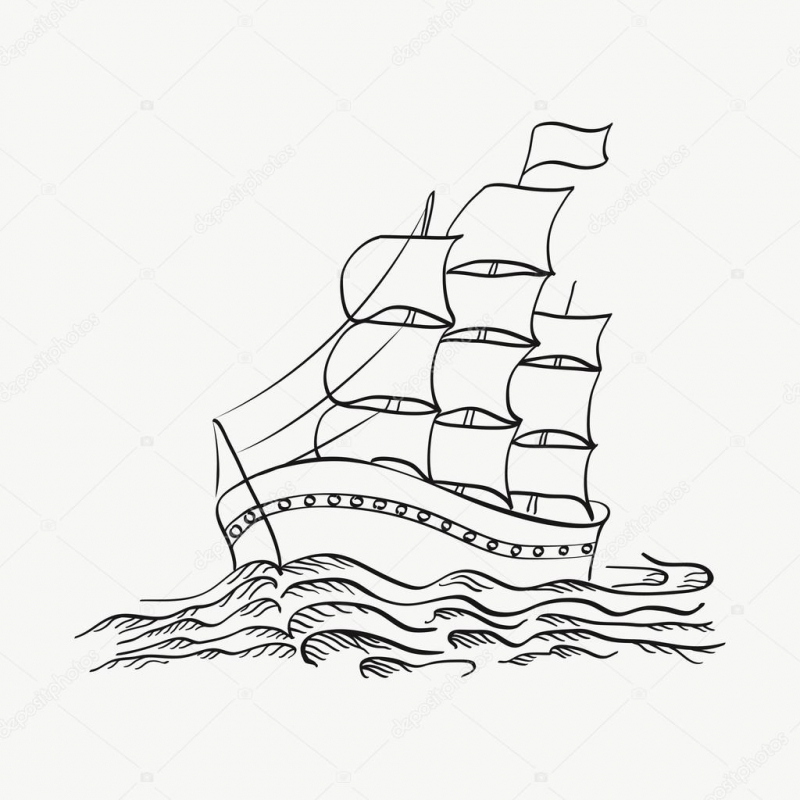
https://www.google.com/ 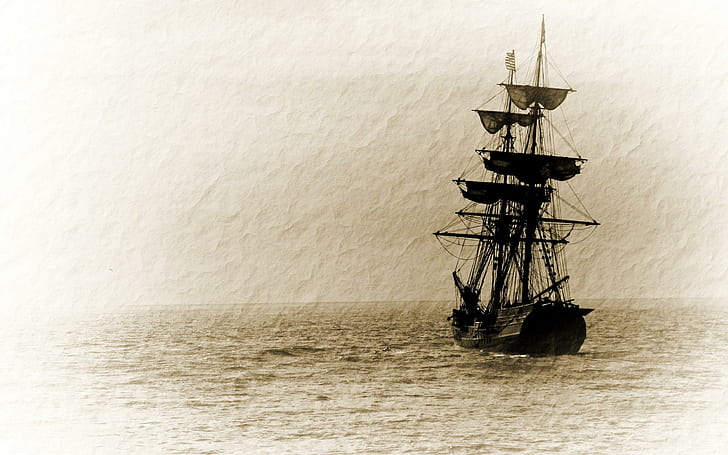
https://www.google.com/ -
Unpredictable weather was one of the many dangers sailors faced in the 19th century and was frequently to blame for the countless lives lost at sea. However, a trifecta of selfishness, cruelty, and stupidity also played a part in the crew of the Port Yarrock's demise.
On July 8, 1894, the three-masted, iron-clad barque sailed from Santa Rosala, Baja California, Mexico, carrying 2,200 tons of copper ore. The Port Yarrock spent the following six months at sea in pursuit of Cobh (then Queenstown), Ireland, under Captain Thomas Forbes's direction. The crew of 20, which was understaffed, was primarily made up of inexperienced boys serving apprenticeships, a common practice that guaranteed ship owners the highest possible profit.
About halfway through the trip, it was revealed that the steward of the Port Yarrock had sold most of the supplies, including a crucial supply of limes to ward off scurvy. The guilty man used a pistol to blow his own brains out rather than accept punishment for his crime. The stern skipper chose to keep the course despite being behind schedule, forcing the crew to survive on scant supplies for the remainder of the journey.
The crew was starving and disease-ridden when they finally arrived in Ireland in late January. To make matters worse, the ship capsized after encountering violent weather close to Brandon Bay. Unexpectedly, the captain turned down requests from the community to be towed to a safe harbor. The storm grew worse in the meanwhile, leading the ship to splinter and kill everyone on board.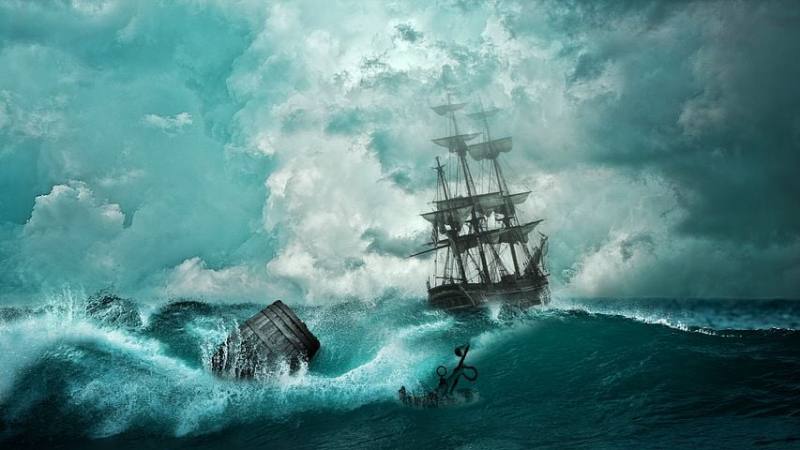
https://www.google.com/ 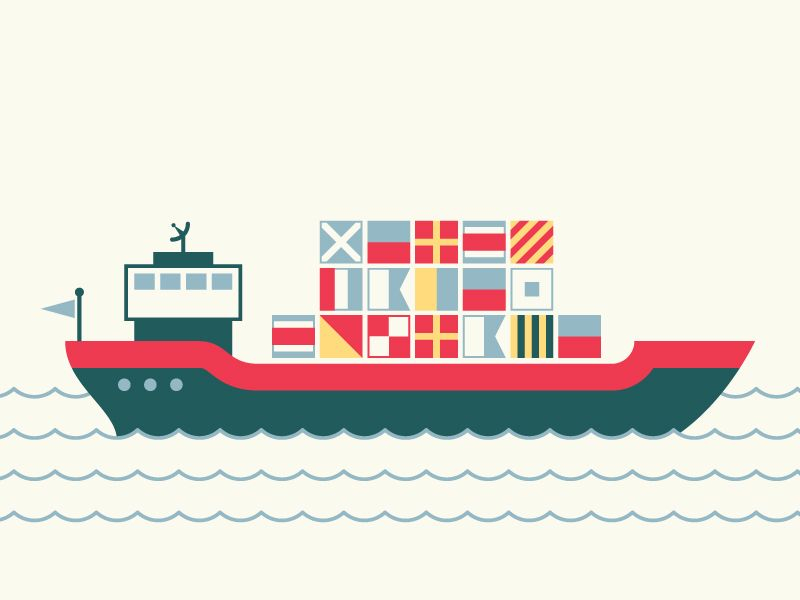
https://www.google.com/ -
A glacial fjord in County Donegal in Ireland's untamed north slashes between the western side of the Inishowen Peninsula and the Fanad Peninsula. An armed merchant cruiser carrying 475 passengers and 43 tons of gold sank there on the evening of January 25, 1917, after colliding with two German mines.
The Laurentic, which was built in 1908 and was a luxury ocean liner until the start of World War I, was converted. Similar to the Titanic, it was constructed by Harland and Wolff in Belfast and was a part of the prestigious White Star Line fleet. The warship was on its way to the US and Canada to buy the much-needed war munitions. However, the Laurentic was destroyed in less than an hour after the fatal bombs were set off.
In a cold snowfall while attempting to leave the ship, 354 people perished from hypothermia. Those that made it were taken to Derry and given a pack of cigarettes and 10 shillings. Most of the gold ingots worth £5 million pounds (about £350 million now) were found between 1917 and 1924 by salvage workers. At least 20 bars, nevertheless, have never been located.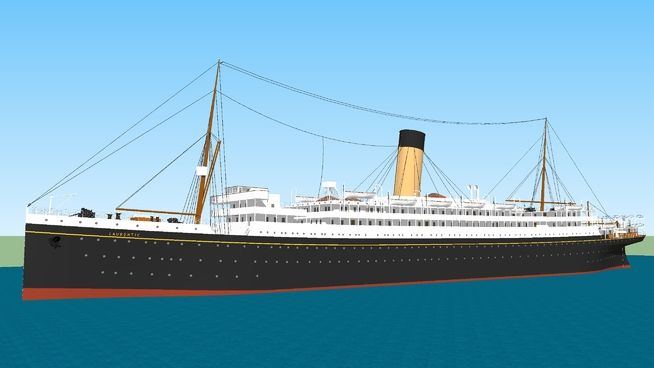
https://www.google.com/ 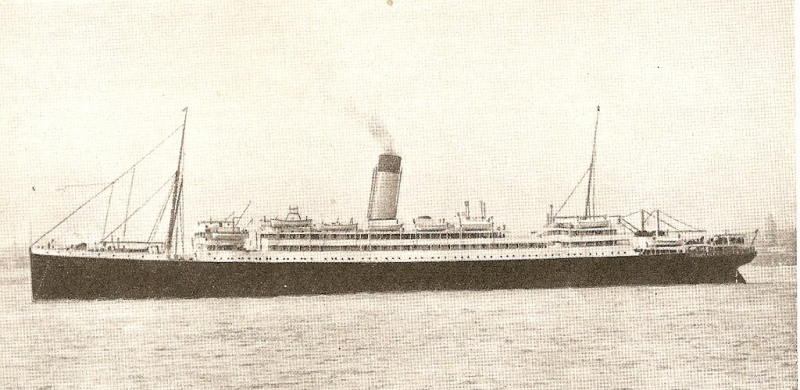
https://www.google.com/ -
Thousands of Irish families immigrated to North America in the middle of the 19th century in an effort to flee the poverty and disease that were made worse by a widespread failure of the potato crop. Following this migration, so-called "coffin ships" that were crowded and unhygienic, not to mention subject to the sea's ferocious ferocity, left Ireland. The unlucky passengers of the Edmond would only experience worsening circumstances.
The 399-ton barque, carrying 195 passengers, sailed down the Shannon estuary toward New York City on November 18, 1850. The ship had only traveled 30 miles when it was suddenly hit by a violent storm that broke two of its masts. 98 people, mostly women and children, died when the Edmond, helpless against the fierce wind, drifted back towards the sharp rocks around Kilkee Bay.
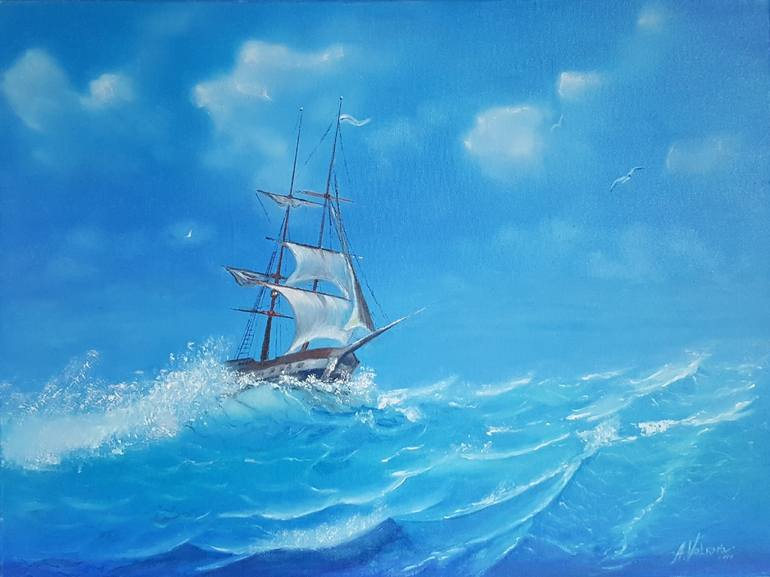
https://www.google.com/ 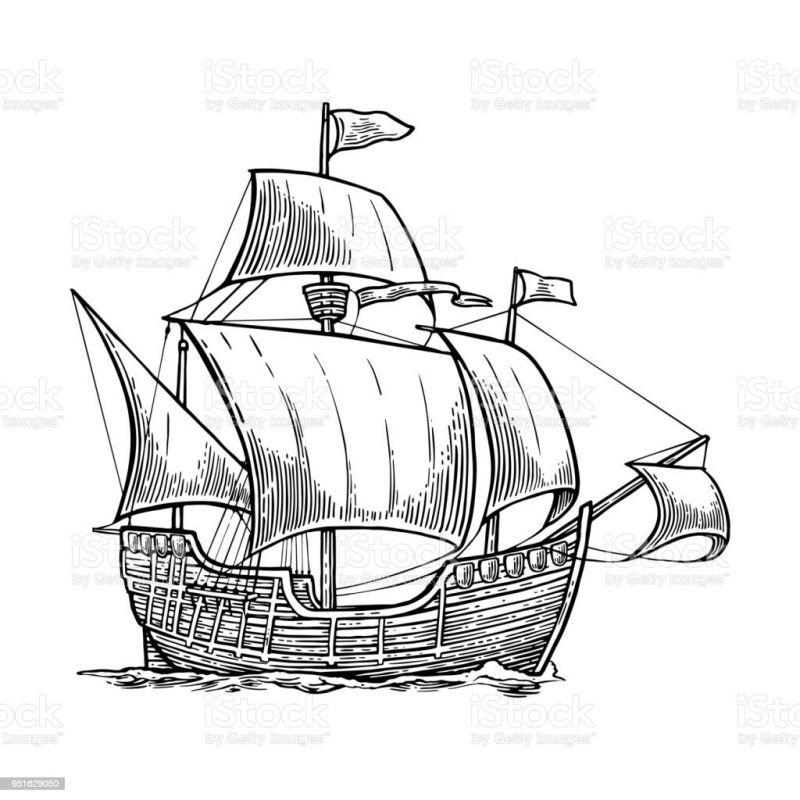
https://www.google.com/ -
In his memoirs, Winston Churchill said that the threat posed by U-boats was the only thing that ever truly alarmed him throughout the Second World War. Nevertheless, "Silent Otto" definitely kept the British Prime Minister up at night. Otto Kretschmer made history as Germany's most successful U-Boat commander, earning his nickname from both his stealth techniques and quiet attitude. The highly decorated commander sank 47 ships, totaling 274,418 tons, including the MV Auckland Star, a British cargo ship.
The transport ship was hit by three torpedoes on July 7, 1940, by Kretschmer's U-99, which was 80 miles northwest of Valentia Island in County Kerry. The Auckland Star was transporting 10,700 tons of general cargo, including lead, steel, hides, wheat, and chilled meat, back to Liverpool from Australia. In four lifeboats, all 74 of the crew members were able to safely depart. These details regarding the incident were later provided by The London Evening Standard: "...and in one of those boats were the three pets of the crew."
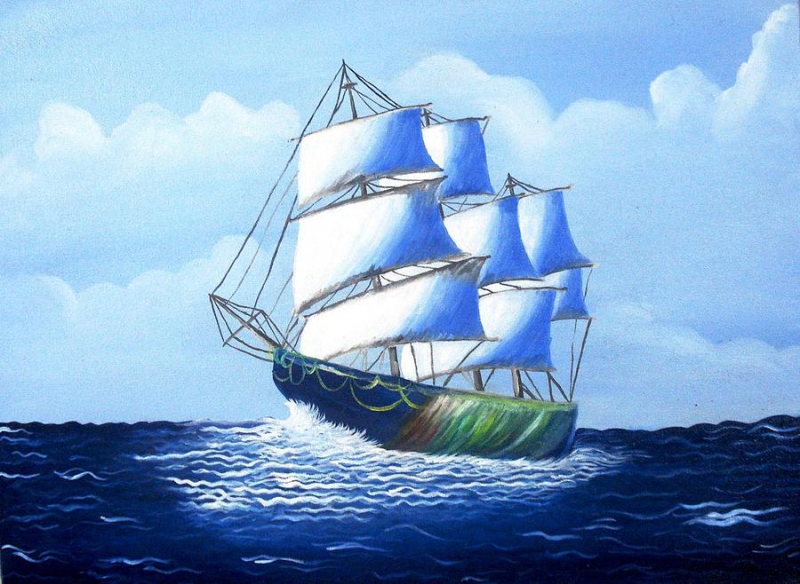
https://www.google.com/ 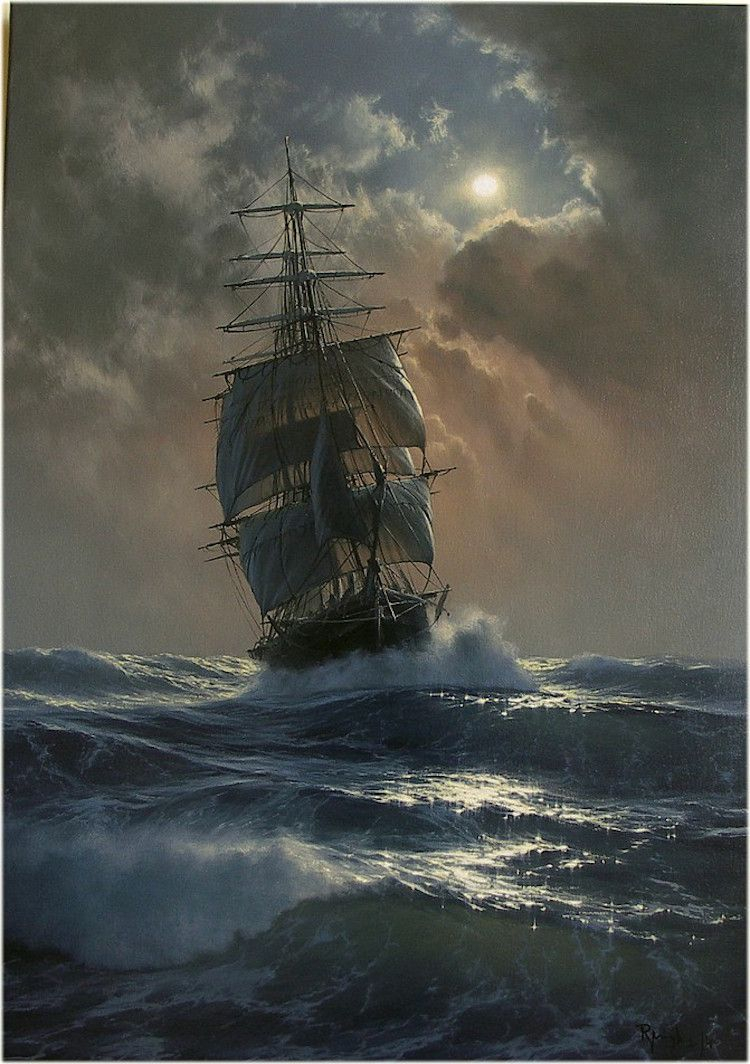
https://www.google.com/












